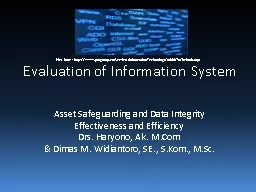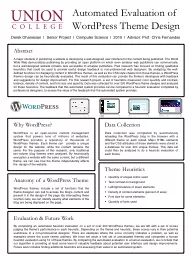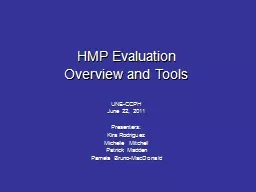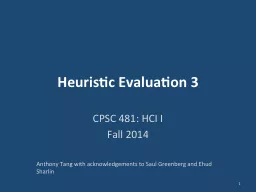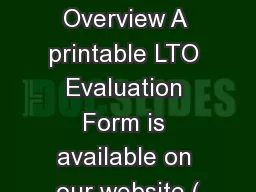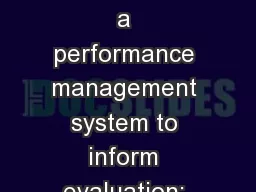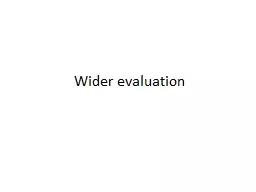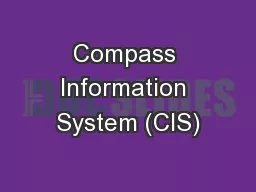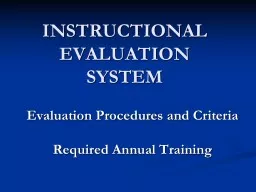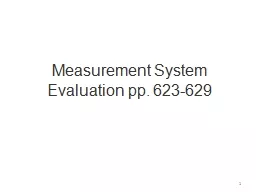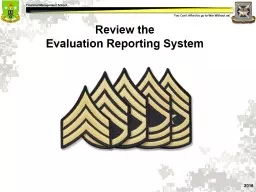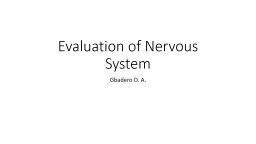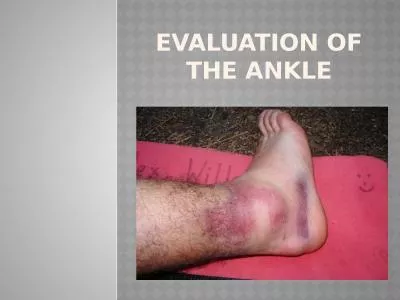PPT-Evaluation of Information System
Author : eurolsin | Published Date : 2020-06-15
Asset Safeguarding and Data Integrity Effectiveness and Efficiency Drs Haryono Ak MCom amp Dimas M Widiantoro SE SKom MSc Pics from http wwwpragroupcaServicesInformationTechnologytabid70Defaultaspx
Presentation Embed Code
Download Presentation
Download Presentation The PPT/PDF document "Evaluation of Information System" is the property of its rightful owner. Permission is granted to download and print the materials on this website for personal, non-commercial use only, and to display it on your personal computer provided you do not modify the materials and that you retain all copyright notices contained in the materials. By downloading content from our website, you accept the terms of this agreement.
Evaluation of Information System: Transcript
Download Rules Of Document
"Evaluation of Information System"The content belongs to its owner. You may download and print it for personal use, without modification, and keep all copyright notices. By downloading, you agree to these terms.
Related Documents

